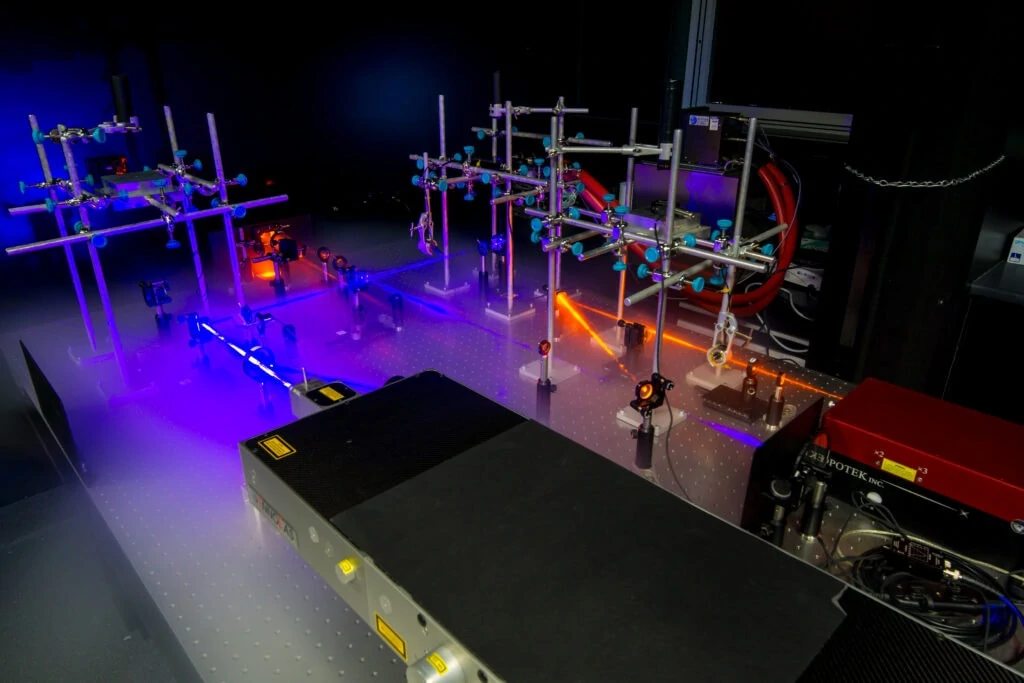Translational Research - The Blue Sky & Beyond
Introducing entirely new fields of study to further our scientific understanding and to impact future technologies is an essential part of the Macroarc research philosophy. One Blue Sky field the team is pioneering focuses on 3D printed materials that exhibit disparate chemical, electrical, mechanical, optical or thermal properties to achieve the desired function. For example, a common limitation of 3D printing is that complex geometries need to incorporate sacrificial material to provide structural support. One solution to this problem lies in the incorporation of photoresists containing labile bonds or linkages that allow for degradation on demand. One avenue our team has used to address the problem is through controlling degradation temporally by employing orthogonal cleavable photoresists in addition to spatially via light. As well as controlling degradation of 3D microstructures, a large body of the team’s research focuses on tailoring the mechanical properties of 3D microstructures, such as hardness, complex elastic modulus, and loss factor, using visible light post‐manufacturing. Jointly with our close partner, the group of Prof. Martin Wegener at the KIT, we explore photochemical processes that allow the reduction in the writing feature sizes during 3D laser lithography. In particular, by exploiting STimulated Emission Depletion (STED) concepts pioneered by Nobel Laureate Stefan Hell, the Macroarc team has translated these into the chemical realm through design of next generation STED photoresists.

